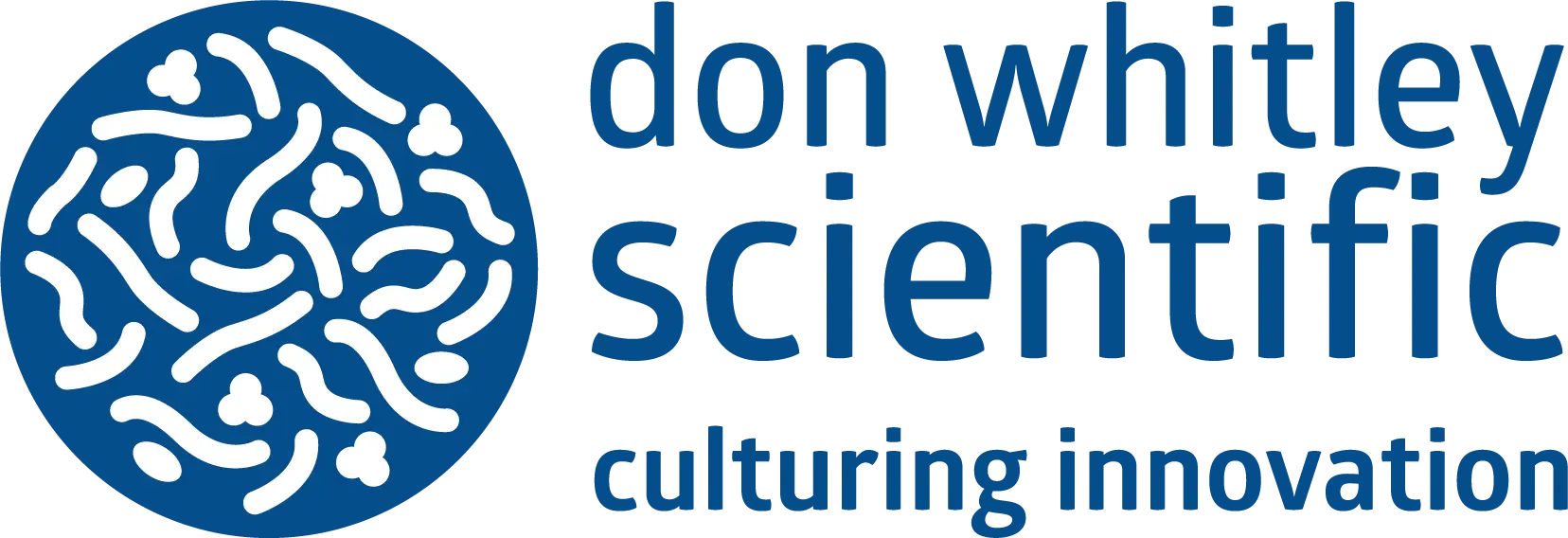
For decades, Bifidobacterium spp. have been recognised as key components of the human gut microbiome, several species are known to be beneficial components of the infant gut microbiome, commonly supplied via breast milk. Studies have shown depletion of bifidobacteria in those with metabolic, intestinal and immune diseases, meaning it has become a hot topic for further research by scientists [1]. Bifidobacterium composition in the adult human microbiome can reach up to 15% but levels of around 17.9 ± 15.2% have been reported in Japanese individuals - both nature and nurture play a role in this variation [1]. Geography has an influence on microbiome composition with studies showing that when an individual relocates to a different country, their microbiome assumes the microbial composition of natives to that area [2]. For example, there was a loss of gut microbiome diversity when individuals relocated from a non-Western country to the United States, with duration of stay having a substantial effect [2]. Diet is one of the extraneous factors that has an impact on this variation, with Bacteroides more abundant in Western countries due to high fat and protein diets, and Prevotella more abundant in non-Western countries where high fibre diets are more common [3]. With most probiotics originating from the gastrointestinal tract of Western populations, these may not be appropriate for the non-Western market due to the different in compositions of gut microbiomes across the globe.
To address this concern, scientists are now isolating and screening bacteria with probiotic functions from the gut microbiome of non-Western individuals. Earlier this year, Li et al. isolated Bifidobacterium from 35 faecal samples of Chinese individuals based on several parameters, including fermentation characteristics, antibacterial activity and safety [3]. Selected strains were also assessed for their fermentation function in cow's milk and soy milk. To do this, starter cultures containing Streptococcus thermophilus and Lactobacillus delbrueckii were used to inoculate cow’s milk, using a Whitley A35 Anaerobic Workstation, which successfully maintained strict anaerobic conditions for optimal growth of the starter culture.
They isolated 217 Bifidobacterium strains with 59.45% of isolates belonging to B. longum with B. longum ssp. longum IMAU12449 showing the most promising probiotic potential. This strain showed high survival rate in gastric and intestinal fluids (62.38% and 72.79%, respectively), as well as antimicrobial potential against Escherichia coli, Staphylococcus aureus, Bacillus cereus, Shigella flexneri and Salmonella sp. The highest inhibitory effect was against B. cereus, which is advantageous as this organism is a common spoilage pathogen of dairy products and often causes food poisoning. With regards to safety of IMAU12449, only 2 antibiotics resistance genes were identified: one being a 92.67% identity to rpoB for rifamycin and the other a 91.29% identity to ileS for mupirocin like antibiotics. In the antibiotic sensitivity test, there was sensitivity observed for 8 antibiotics including streptomycin, tetracycline and ampicillin. When assessed for fermentation function in different milk, IMAU12449 improved gel structure stability in both fermented cow and soy milk and significantly increased viable cell count. These results suggest that IMAU12449 is suited to the growth environment of cow milk and soy milk, which could be used as carriers for the potential probiotic. Along with the additional favourable properties observed in IMAU12449, this strain should be further studied for its potential in promoting human health, especially in the non-Western population, as this strain could be a promising probiotic for non-Western gut microbiomes.
Since probiotics originate from the gastrointestinal tract of healthy humans, it’s imperative to make sure that representative human populations are used to increase the ‘microbial cocktail’ for probiotic formulation. Positive results from scientists exploring this avenue suggest that hopefully, the probiotic market may evolve and become more diverse for the benefit of all populations, including non-Western inhabitants.
References
1. Derrien M, Turroni F, Ventura M, van Sinderen D. Insights into endogenous Bifidobacterium species in the human gut microbiota during adulthood. Trends in Microbiology. 2022 Oct;30(10):940–7.
2. Vangay P, J Johnson A, L Ward T, Kashyap P. US Immigration Westernizes the Human Gut Microbiome. Cell. 2018 Nov 1;175(4):962-972.e10.
3. Li Y, Fan Q, Dong H, Chang S, Liu W. Screening of potential probiotic Bifidobacteria from intestinal tract and its application in fermented milk. Journal of Dairy Science. 2025 Jun 11.


 au
au


 English
English